A federal website watered down the Underground Railroad. Harriet Tubman’s descendant wants to know why.
Share
Explore Our Galleries
Breaking News!
Today's news and culture by Black and other reporters in the Black and mainstream media.
Ways to Support ABHM?
By Curtis Bunn, NBC
Rita Daniels learned at 9 that she is the great-great-great-grandniece of famed abolitionist Harriet Tubman, who led countless enslaved Africans to freedom through the Underground Railroad. It was a moment that changed how she viewed herself and American history for the rest of her life.
So when Daniels, now 70, learned in recent days that the National Park Service drastically altered its webpage on Tubman and the Underground Railroad in February, she was devastated.
“It tore me apart when I saw the news clip flash across my phone,” said Daniels, who recently co-authored a book about Tubman’s life.
In elementary school, Daniels was assigned to write about Tubman, but books she could access at her school in Auburn, New York — where Tubman settled in 1859 after fleeing enslavement in Maryland — described her as “a thief,” Daniels recalled. “It said she stole slaves, that there was a bounty on her head, those kind of things.”
When Daniels told her mother what she found, her mother not only told her it was untrue, she told Daniels that Tubman was her ancestor.
That began a life in which Daniels leaned on Tubman’s legacy for strength while also working to preserve history as an author and the founder of the Harriet Tubman Learning Center.
The page had been changed in February, The Washington Post reported, swapping out a large image of Tubman for one of five postage stamps celebrating “Black/white cooperation.” The description of the Underground Railroad was changed from “the resistance to enslavement through escape and flight” to one that downplays the role of slavery, instead saying it was an expression of the “American civil rights movement” that bridged “the divides of race.”
Keep reading to learn how Daniels felt about these changes.
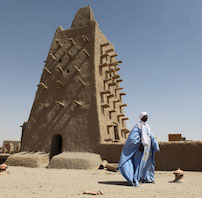
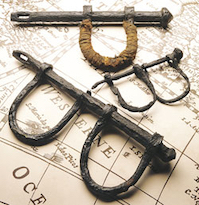
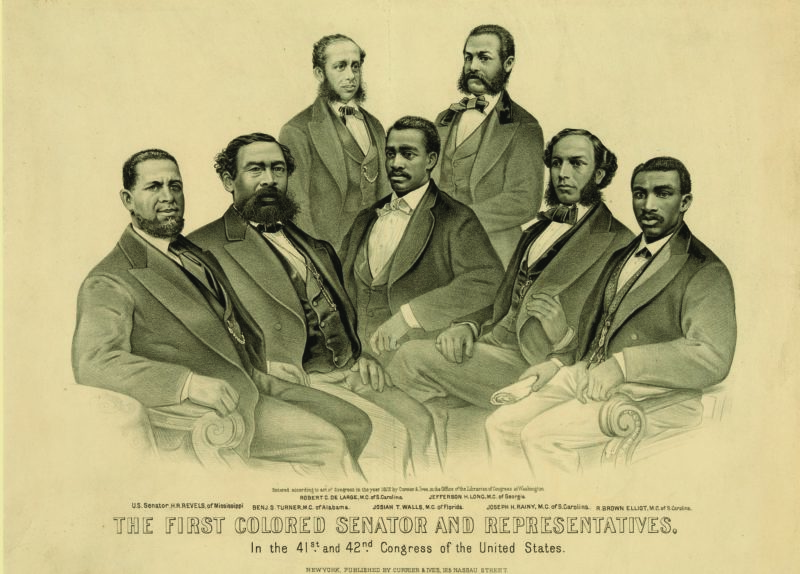
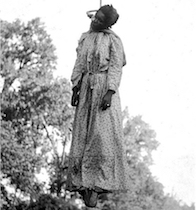
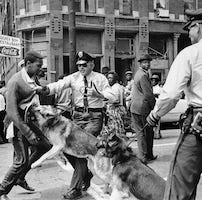
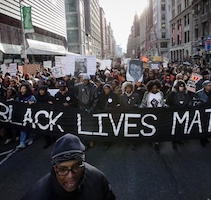
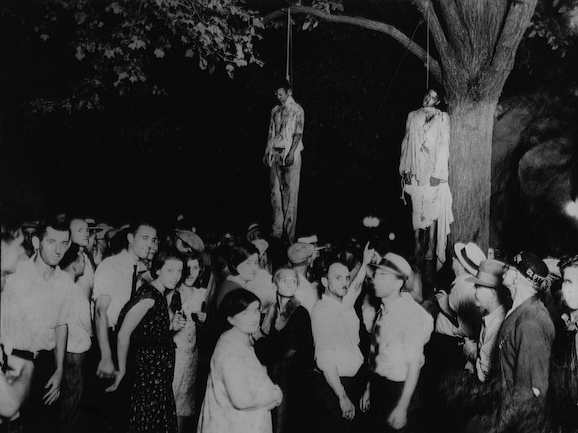

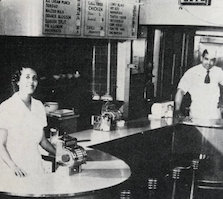
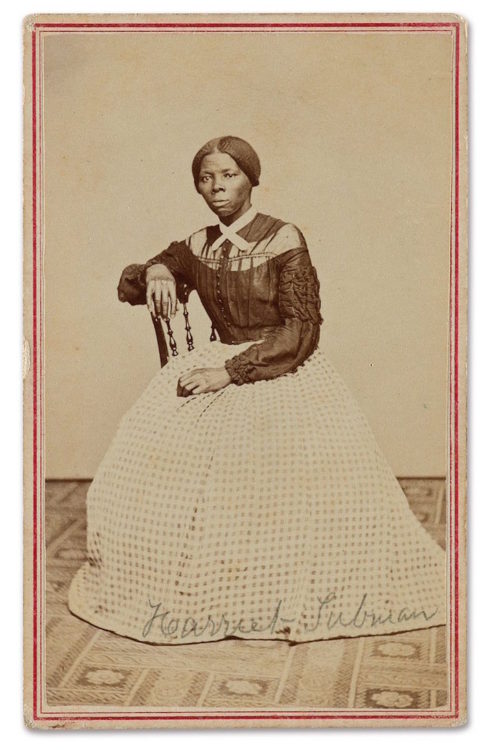
Comments Are Welcome
Note: We moderate submissions in order to create a space for meaningful dialogue, a space where museum visitors – adults and youth –– can exchange informed, thoughtful, and relevant comments that add value to our exhibits.
Racial slurs, personal attacks, obscenity, profanity, and SHOUTING do not meet the above standard. Such comments are posted in the exhibit Hateful Speech. Commercial promotions, impersonations, and incoherent comments likewise fail to meet our goals, so will not be posted. Submissions longer than 120 words will be shortened.
See our full Comments Policy here.